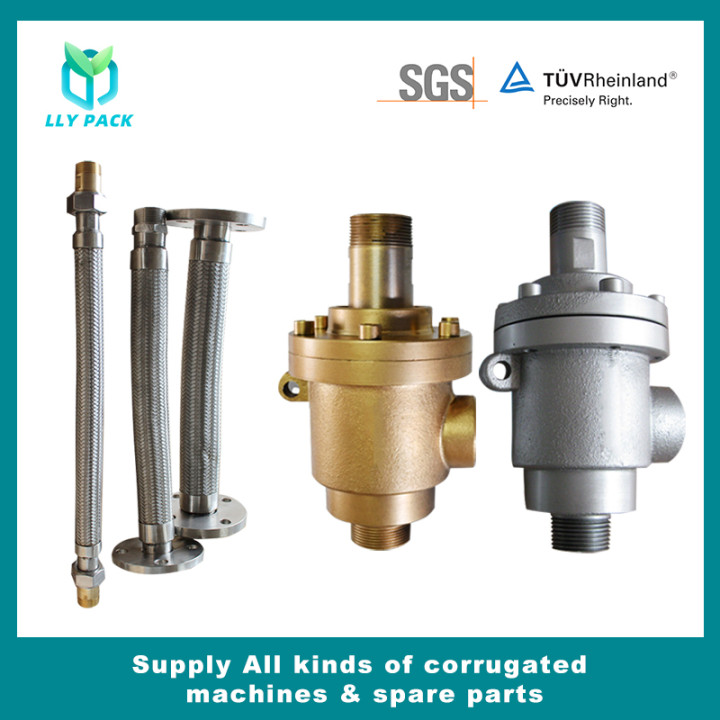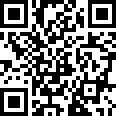[Chinese Packaging Network News] 1, testing standards
GB/T 2679.7—2005 Determination of Puncture Strength of Cardboard
2, the scope of application of the standard
This section applies to all kinds of cardboard, including corrugated cardboard.
3, the definition
Puncture resistance
Under the specified test conditions, the energy consumed by penetrating the cardboard with the puncture head conforming to the standard is expressed in joules (J).
4, parameter interpretation
The puncture strength of a corrugated board is a reflection of the work required to penetrate a board through a specific form of a pyramid. This work includes the sum of the work required to start a puncture, tear a cardboard, and bend a hole, denoted by J.
It can reflect the resistance of corrugated boxes when subjected to sharp objects. The paperboard's burst strength reflects the cardboard's resistance to static pressure. Cardboard's puncture strength reflects the ability of the board to absorb kinetic energy during impact.
5, the principle of detection
Under the specified test conditions, the specimen was clamped on a puncture strength meter. The sample was punctured with a puncture head attached to a swing arm and the energy consumed when puncturing the sample was measured.
6. Detection process and result representation
6.1 Inspection Process
6.1.1 The test shall be conducted under the atmospheric conditions specified in GB/T 10739.
6.1.2 Periodically perform pendulum balance, pointer zero point, pointer frictional resistance, pendulum axis frictional resistance, anti-friction collar resistance adjustment and calibration, and make records.
6.1.3 Check whether the instrument is horizontal, whether the pendulum fixing device is firm, whether the releasing device and the insurance device are normal, and whether there is any other safety hazard.
6.1.4 Select the appropriate weight, so that the measurement results in the corresponding scale maximum value of 20% to 80%. Attach the weight to the swing arm and hang the pendulum in the starting position, then close the release lock.
6.1.5 Put the anti-friction collar on the back of the penetrating head and turn the pointer to the maximum scale. Then sandwich the sample to be tested between the upper and lower jaws.
6.1.6 Release the release lock, release the pendulum, swing the pendulum and pierce the head through the sample. When the pendulum swings back, grab the handle of the pendulum arm or the back of the pendulum with your hand and slowly lift the pendulum to hang it in the starting position.
6.1.7 Reading the measurement results within the scale range corresponding to the weight weight on the dial should be accurate to half of the minimum scale value.
6.1.8 Repeat steps 7.1.5-7.1.7 until all samples have been determined.
6.2 Result representation
6.2.1 Perform the arithmetic average of the two measurements of the longitudinal front, longitudinal reverse, transverse front, and lateral negative of a sample as the puncture strength of the sample. If the sum of the anti-friction collar resistance and the pendulum axle friction resistance is greater than or equal to 1% of the test value, the sum of the resistance is subtracted from the measured value as the puncture strength of the sample.
6.2.2 In order to determine the longitudinal puncture strength of a specimen, the longitudinally and longitudinally opposite measurements shall be arithmetically averaged; likewise, if the lateral puncture strength of a specimen is to be determined, The positive and negative values of the measurements were arithmetically averaged.
6.2.3 When reporting results, if the final result is less than 12J, then accurate to 0.1J; if the final result is greater than 12J, then accurate to 0.2J. If necessary, the maximum, minimum, standard deviation, and coefficient of variation should be reported.
6.2.4 Unit Conversion
1kgf.m=100kgf.cm=9.80665J
7, precision
No test data.
8, inspection precautions
9.1 The instrument must first be leveled during testing. Place the base of the instrument firmly. Do not shake it during testing.
9.2 To check if the friction sleeve is clamped on the measuring head and fit properly.
9.3 To select the appropriate range and weight, ensure that the measurement data is between 20% and 80% of the range.
10, instrument maintenance and maintenance
10.1 Dust removal
1 After the test is done, use a brush to remove the paper scraps between the two splints.
2 Remove dust from the instrument and cover it with a dust cap.
10.2 Placement position
The place where the instrument is placed should be dry and vibration-free; it should not be moved frequently.
10.3 Swing Arm Parking Position
1 When the instrument is not in use, place the swing arm on the positioning block and lock it with the locking block, remove the weight and tighten the screws.
2 Set the friction on the pyramid.
10.4 Maintenance of Poke Heads and Friction Sleeves
It is forbidden to collide with the head and the friction sleeve, and it is not allowed to perform the puncture test of the metal sheet. Note the wear condition of the puncture head and whether the friction sleeve is damaged.
10.5 Swing Arm and Pierce Head Stability
Check whether the fastening screws and the cylindrical pins are loose in the swing arm and the pyramid. If loose, tighten the screws and replace the pins.
10.6 Damaged Friction Sleeves After a Period of Use
Loosen the nut at the connection between the arc arm and the swing arm, remove the screw and the positioning pin, take out the arc arm, exit the damaged friction sleeve, and replace the new one. Then connect the arc arm and swing arm with screws and positioning pins and fasten the nuts.










